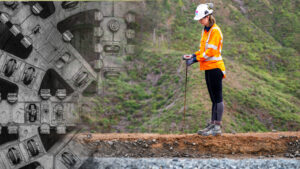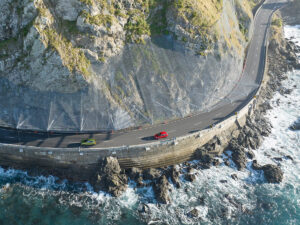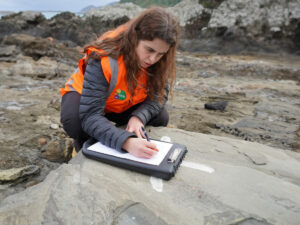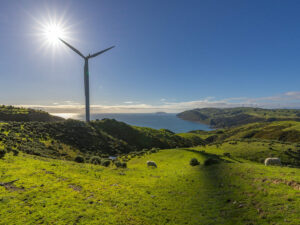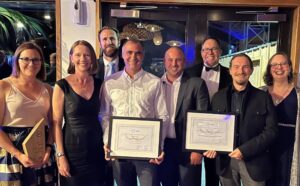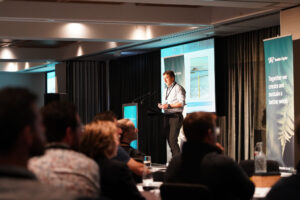Water NZ Stormwater Conference, 2024, Wellington
Hutt City Council (HCC) was granted $99 M of funding through the Infrastructure Acceleration Fund (IAF) to deliver stormwater and wastewater infrastructure improvements to enable growth, a project now known as Water Infrastructure for Growth (WIG). The stormwater infrastructure improvements are aimed at removing impediments to housing for predicted population growth in Lower Hutt in the late 2020s and 2030s. This intensification will be entirely brownfield redevelopment. The WIG project is critical to enabling the local stormwater network to keep pace. Its growth-and future-oriented objectives (rather than seeking to solve a present-day flooding problem), and immediate infrastructural focus, are challenging the project team to ensure the project benefits can be realised over time. Show more…Stopbanks provide the wider area with fluvial flood protection from Te Awa Kairangi – the Hutt River, but the low-lying area behind the stopbanks is prone to stormwater flooding. Moreover, the existing stormwater infrastructure in the Opahu Stream catchment, behind the stopbanks, is already at capacity. Even accounting for the on-site storage required under HCC’s District Plan, the frequency and intensity of stormwater flooding is projected to worsen with future growth, and particularly as the effects of climate change and sea level rise continue to be realised. HCC has identified various preferred intensification areas and types of development within the catchment. The scale of predicted future flooding is too great a problem to overcome through reliance on hydraulic neutrality and minor network upgrades alone.
This project is currently at feasibility and optioneering stage, with potential solutions being assessed against: (i) the additional capacity they provide in the primary network; (ii) the level of reduction to flood hazard in the preferred growth areas; and (iii) affordability. Given the significant existing constraints, the upgrades will require pumped solutions to convey stormwater from the Opahu Stream to Te Awa Kairangi. However, early in the optioneering stage the project team explored options that sought to maximise the use of Water Sensitive Urban Design concepts such as: (i) utilising and enhancing existing overland flow paths, (ii) improving stream conveyance/daylighting, and (iii) detention storage on areas of existing green space.
In addition to the infrastructure improvements which are the focus of the WIG project, the work has brought into sharp focus a need for a broader approach to maximise project benefits in the face of uncertainty. Some lessons learnt and recommendations for wider implementation include identifying and preserving overland flow paths in the course of development; masterplanning and steering development into areas better able to be serviced by stormwater infrastructure, while implementing stricter hydraulic neutrality requirements outside of these areas; and identifying large publicly owned sites for on-site stormwater management.
This paper will provide a summary of the infrastructural solutions being considered for this brownfield urban intensification, and the wider actions that are likely to be required in order for predicted growth to be enabled without increasing flood risk to current and future residents. Show less…


